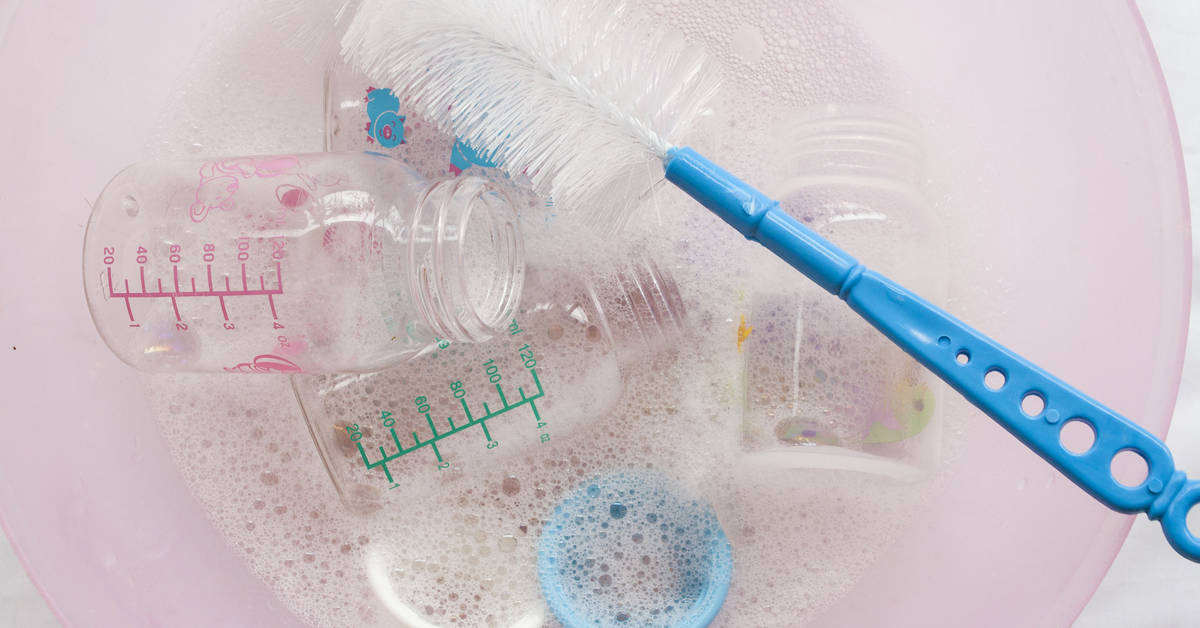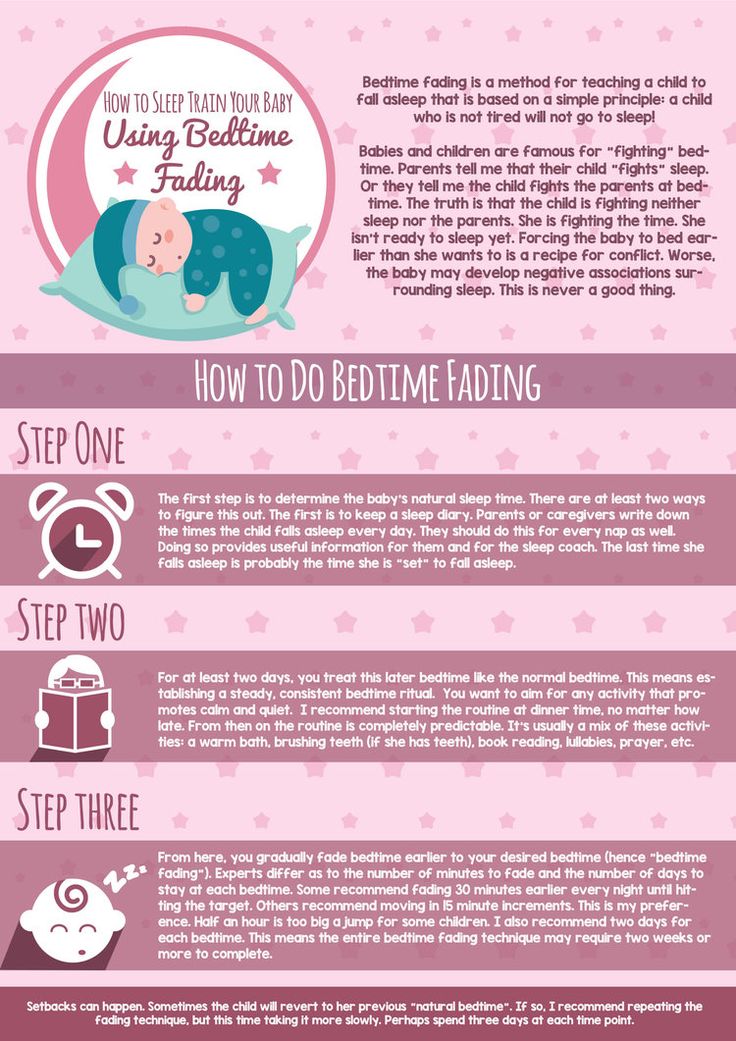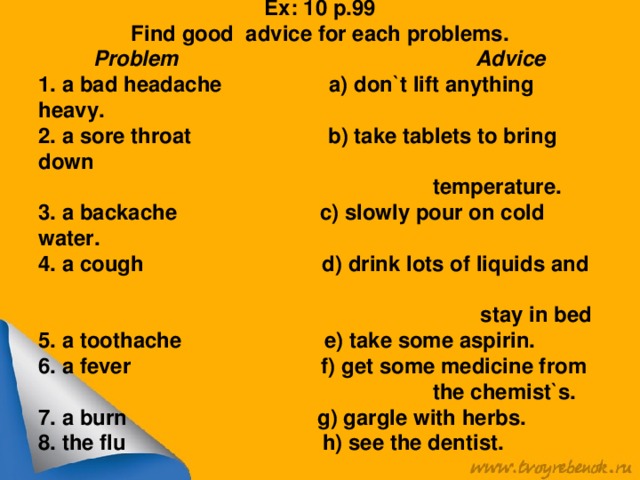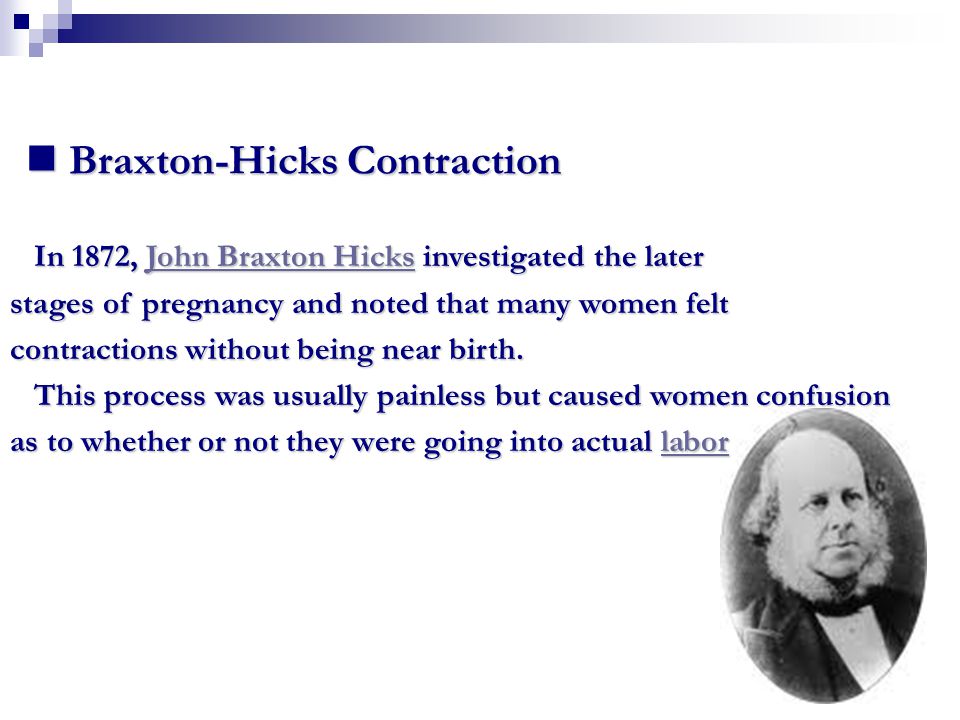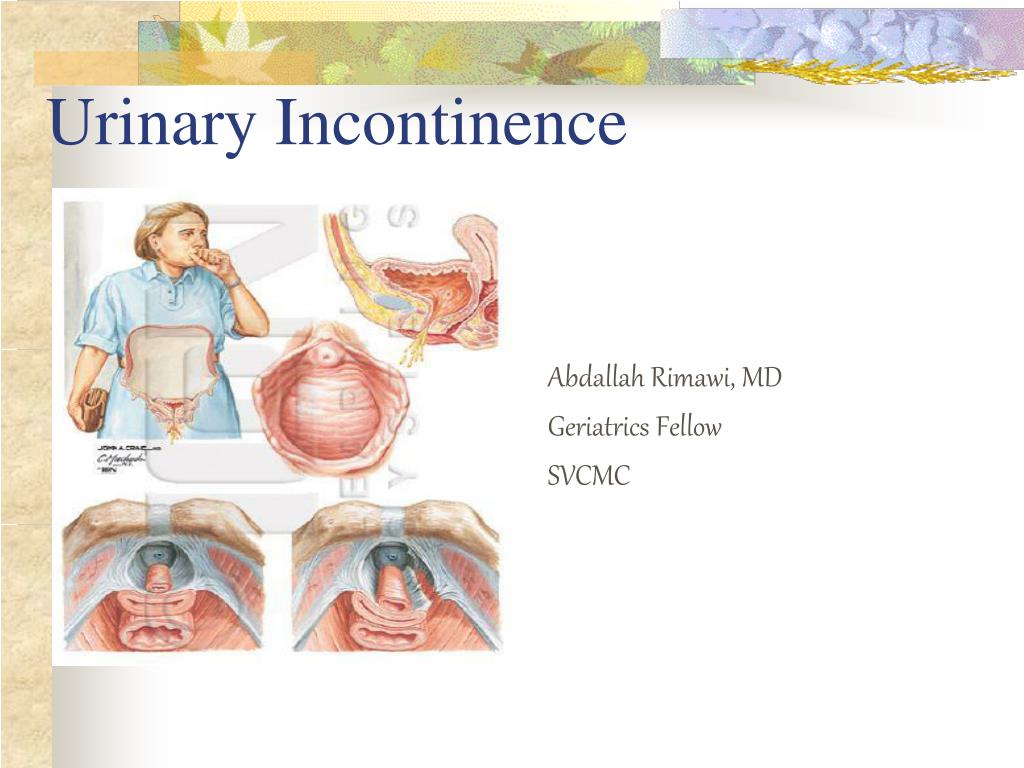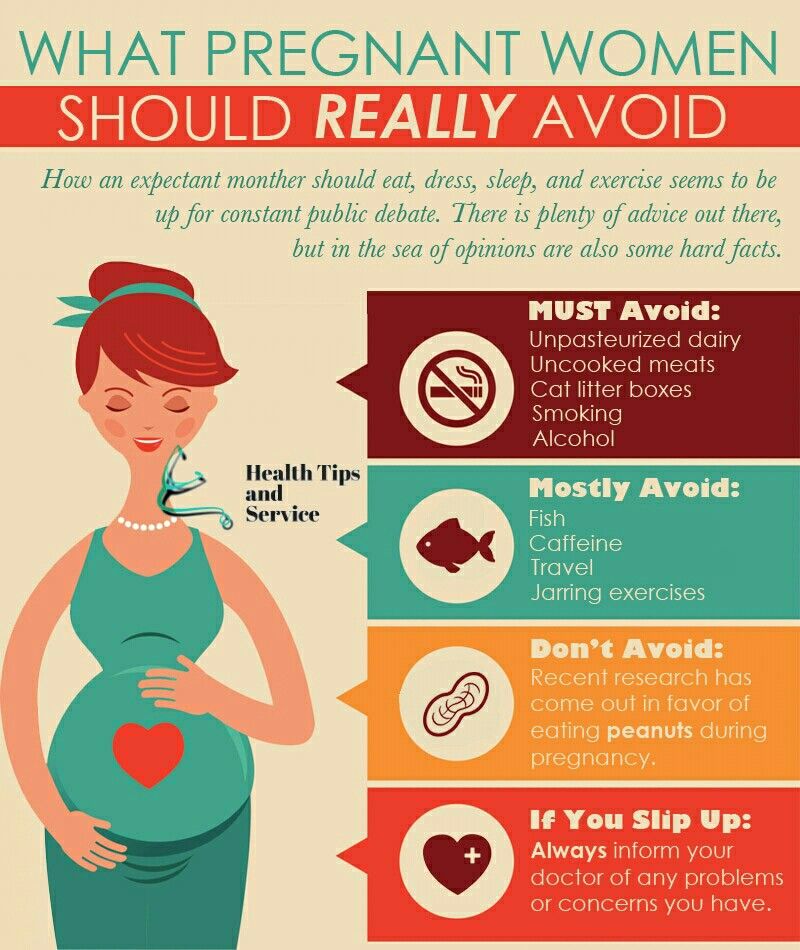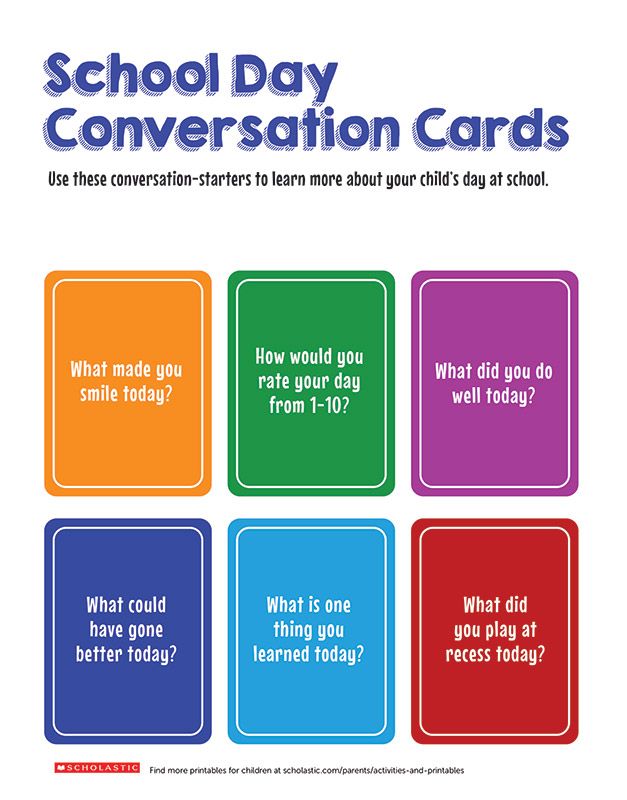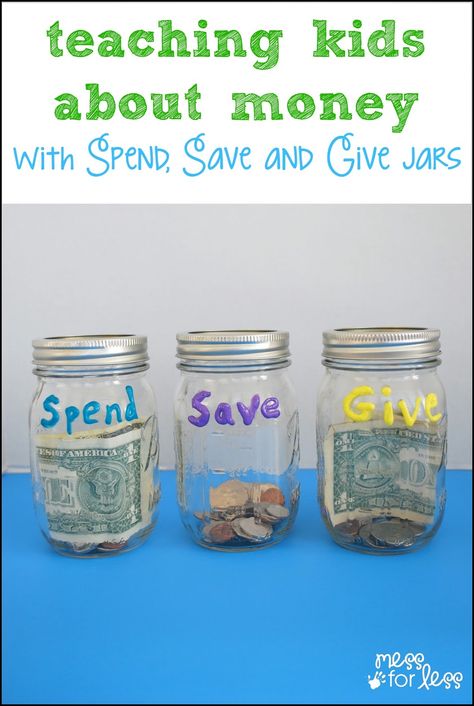What to wash baby bottles with
How to Clean Baby Bottles
We know babies require a lot of stuff. And by a lot, we mean, a lot! All of those bottles, bottle parts, nipples, pacifiers, and sippy cups need to be cleaned. Over and over. Day after day. Here’s everything you need to know on how to clean baby bottles and parts, so you can worry less about all the “stuff” and spend more time with your little duckling!
How to Hand Wash Baby Bottles
It can seem daunting to have to hand wash your baby bottles, nipples, caps, and sippy cups after every use, but with the right steps you’ll find that scrubbing right away isn’t always necessary. So, you can pay more attention to tummy time and less on cleaning.
Here’s how to wash baby items by hand:
1. Things You’ll Need.
In addition to a sponge, we recommend purchasing a dedicated bottle brush with a nipple brush to clean all the hard-to-reach spots inside your baby’s bottles. For a gentle clean that’s free of dyes, use Dawn® Free and Clear.
2. Rinse Directly After Use.
As soon as you have finished feeding your baby, give your bottle a quick rinse with warm water, just to get rid of most leftover residue. You can come back to thoroughly wash a full day’s worth of bottles when you have more time.
3. Fill A Bowl with Hot Soapy Water.
Apply a squirt of Dawn® to a bowl of hot water. Dawn® works great for cleaning baby items because it does not leave a soapy residue on bottles when rinsed appropriately.
4. Separate the Bottle Parts.
It’s important to take apart every part of the bottle. Old milk can build up between the bottle, the ring, and the nipple.
5. Wash Bottle Parts Separately.
Place all of the bottle parts into hot, soapy water and wash them individually. Use a soapy bottle brush for the bottle and the nipple brush for the plastic nipples and rings. Next, gently squeeze soapy water through the nipple hole to flush out any trapped milk.
6. Rinse Bottle and Bottle Parts.
Rinse off the bottle and bottle parts thoroughly under running water to remove any remaining soap residue.
7. Dry Bottles and Attachments.
Place bottles and nipples upside down in the dish rack to dry. Your baby items are now clean and ready for another feeding. Prepare to do this several hundred more times, even in your sleep.
Handwashing Versus Dishwashing Baby Bottles
Baby bottles can pile up, especially with a newborn! It’s recommended to wash baby bottles after each use, especially during the infancy stage—but don’t worry! You do have a few options when it comes to protecting all those bottles from messes, so you can be more confident with every feeding. You can wash baby bottles and attachments in the dishwasher every few days, but make sure they’re dishwasher-safe before running the cycle. *
To clean baby bottles in the dishwasher:
Rinse baby bottles, nipples, caps, sippy cups and other attachments with warm water
Soak with warm water and a gentle dish soap like Dawn® Free and Clear, which is free of dyes
Rinse off bottles and attachments with warm water
Load into the top rack of your dishwasher
Set to a hot water washing cycle and heated drying cycle
Remove from dishwasher and place on a clean surface or baby bottle drying rack
In cases where your baby bottles aren’t dishwasher safe or your dishwasher is full, handwashing is also a great go-to when it comes to keeping bottles clean and safe for your little bundle.
How to Sterilize Baby Bottles
You’ll also want to consider using a baby bottle sterilizer during the early days. Sterilizing baby bottles and attachments helps remove germs and bacteria—especially if your little duckling is primarily bottle fed. If you’re using a bottle for the first time, you should always hand wash and sterilize it before giving it to baby. This helps ensure you’re starting off with a clean and sanitary bottle, every time.
Allow the baby bottle and parts to soak in warm, soapy water
Rinse off with warm water
Place in baby bottle sterilizer and follow the instructions provided for your particular brand of sterilizer
Once complete, store on a clean drying rack before use
You can also sterilize your baby bottles by placing them in boiling water—but be careful to not damage the nipple or any other attachments.
Can I Reuse My Old Baby Bottles?
When kept in good condition and thoroughly washed, you may be able to reuse your baby bottles with your next baby. However, it’s best to get new bottle attachments, such as nipples, as these can undergo wear and tear over time.
However, it’s best to get new bottle attachments, such as nipples, as these can undergo wear and tear over time.
Whether new or used, always be sure to soak your baby bottles in warm, soapy water and sterilize before using.
Best Dish Soap for Baby Bottles
When it comes to ensuring your baby is getting the best, we understand that same notion extends to the dish soap you use as well. Here are our recommendations for top dishwashing liquids to use when cleaning baby bottles, bottle attachments, and first utensils:
For Soaking: Before sterilizing or running your baby’s bottles through a dishwasher, use a foaming dish soap like Dawn® Platinum Dishwashing Foam. Just one pump creates more than enough soapy foam to penetrate leftover formula and milk residue.
For Everyday Handwashing: Dawn® Free & Clear is powerful enough to tackle any leftover messes, including baby food and milk residue, and gentle enough to use on delicate items, while also being free of dyes and phosphates.
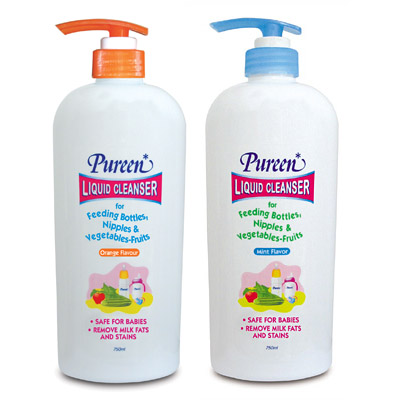
With Dawn® dish soap it’s So Dawn Easy to keep all your baby items clean, so you can feel more confident when feeding your cooing little duckling!
How to Wash Baby Bottles
Written by Tenley Haraldson. Reviewed by cleaning expert Sean Busch.
Wondering how to clean a baby bottle? You’re definitely not alone! In addition to ensuring the most effective cleaning process, our guide outlines why choosing baby safe dishwasher detergent and dish soap is so important.
How Often Should I Wash Baby Bottles?
The American Academy of Pediatrics advises washing baby bottles after each feeding. As parents, we know you’re going to be busy, but at the very least, rinse them out immediately to help prevent caked-on residue.
Don’t Forget About Washing Your Baby Bottle Cleaner Tools
It’s best to run your cleaning tools (like brushes) through the dishwasher every few days or spray them with our hydrogen peroxide-based Disinfecting Surface Cleaner.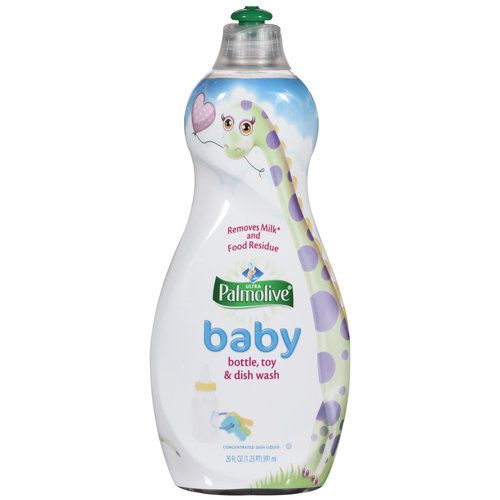 Families with infants under three months old, premature babies, or babies with weakened immune systems should wash cleaning tools after every use.
Families with infants under three months old, premature babies, or babies with weakened immune systems should wash cleaning tools after every use.
When Should I Sterilize Baby Bottles?
If you have a newborn, premature baby, or an infant with a weakened immune system, it may be wise to consider sterilizing bottles every day.
Always check the bottle manufacturer's instructions to ensure that bottles and parts are safe to be sterilized with our technique: Boil the bottles in a clean pot of water for 5 minutes, remove with a clean pair of tongs, and lay them out to dry on a clean surface.
We recommend sterilizing new bottles using the same methods.
Can You Wash Baby Bottles with Soap?
You don’t need a dishwasher – you can absolutely wash baby bottles with dish soap.
- Wash your hands.
- Fill a small wash basin with hot water, adding enough Natural Dish Soap to make a thick foam.
- Separate each component (e.g. nipples, caps, rings) and rinse them with fresh water.

- Submerge them in the soapy water and use a brush to scrub the insides until they’re thoroughly clean.
- Rinse with fresh water, shake off excess, and dry upside-down on a baby bottle rack in an area that’s protected from dirt and dust.
Pro Tip: A designated nylon-bristle brush should be used to wash bottle nipples. They’re notoriously hard to get clean, so it’s often helpful to squeeze water through them.
Natural Ways to Get Rid of Baby Bottle Smells
Cleaning bottles isn’t always possible – life has a habit of getting in the way! It’s totally normal for bottles to have a residual smell, but a few natural remedies work to eliminate them.
Shake hot water and a tablespoon of white vinegar in the bottles before your normal cleaning process. Ensure that they’re totally rinsed, then wash them with a natural dish soap.
How to Clean Baby Bottles While Traveling
If you’re traveling with your baby, simply follow the same cleaning instructions above. Just make sure you have a clean container (we love this collapsible dish tub), dish soap, and a bottle brush with you.
Just make sure you have a clean container (we love this collapsible dish tub), dish soap, and a bottle brush with you.
Can You Wash Baby Bottles in the Dishwasher?
If your baby bottles are made of glass or dishwasher-safe plastic, they can be run through the dishwasher. To load baby bottles in the dishwasher, use the internal basket to clip the nipples upright during the full cycle, then place all remaining bottle parts on the top rack. Choose a hot water and heated drying cycle.
What’s the Best Dishwasher Detergent for Baby Bottles?
Our 99.5% Natural Dishwasher Detergent Packs were created with plant-based enzymes (like manannase and protease) that safely break down milk and formula proteins. It was painstakingly formulated to fully rinse away, leaving zero residue.
Do I Need a Safe Dishwasher Detergent for Baby Bottles?
Many dish cleaning products contain potentially harmful ingredients. It was actually these competitor ingredient lists that pushed us to develop our products with the help of physicians and Ph. D. chemists.
D. chemists.
That’s why our baby safe dishwasher detergent is free of:
- Perfumes
- Synthetic Fragrance
- Phosphates
- Sulfates
- Parabens
- Chlorine bleach
- Petrochemicals
- Triclosan
- Animal by-products
- Dyes
- Phthalates
- Caustics
Pro-Tip: Always let bottles completely dry before reassembling.
Many parents reassemble baby bottles when moisture is still inside the bottle – which can cause mildew and mold growth. Shake out any loose water droplets and allow bottles to completely air dry on a clean towel or bottle drying rack.
From Bottles to Burps, Here’s to Health and Happiness!
Having clean, ready-to-use bottles on hand will help you focus on bonding during mealtimes. That’s why we developed the most effective plant-based cleaning products.
From our family to yours, we wish you (and your newest bundle of joy) all the best.
What and how to wash baby bottles
The body of a small child is only learning to resist the pathogenic microflora of the surrounding world, therefore, in this case, mother's help is indispensable.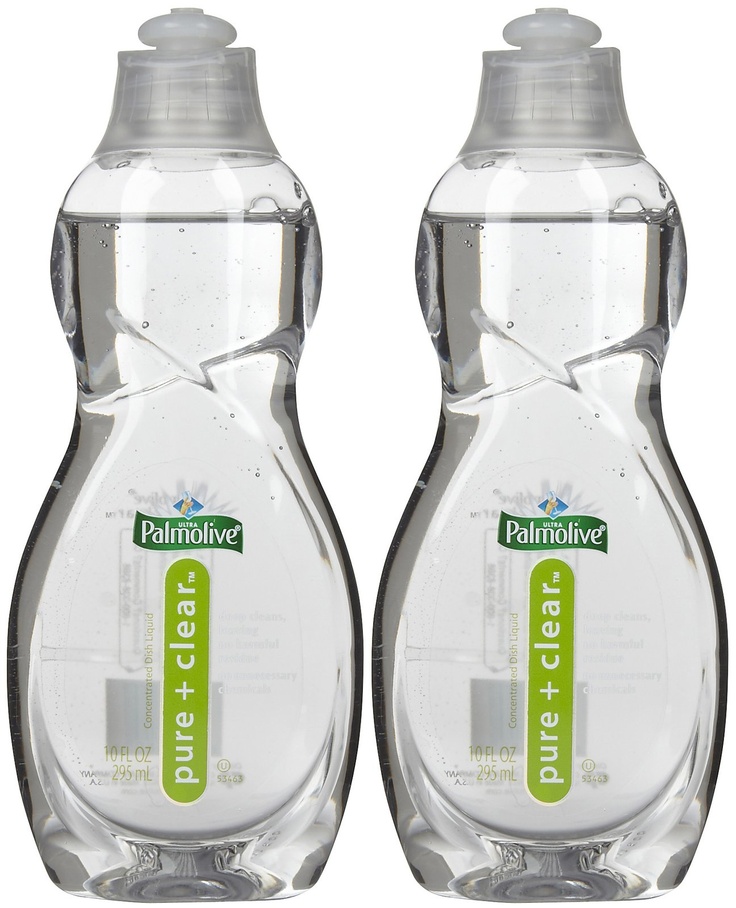 One of the main tasks of mothers at the stage of breastfeeding is to provide the baby with not only healthy, but also safe food. If the child eats only the breast, then additional measures other than the personal hygiene of the mother are not required, however, if feeding bottles have firmly entered his life, you cannot do without special measures to care for the dishes. nine0003
One of the main tasks of mothers at the stage of breastfeeding is to provide the baby with not only healthy, but also safe food. If the child eats only the breast, then additional measures other than the personal hygiene of the mother are not required, however, if feeding bottles have firmly entered his life, you cannot do without special measures to care for the dishes. nine0003
What to wash with?
Finding baby bottle detergent is easy, as you can find it in most home improvement stores. Choosing the right option is a little more difficult: the purchased product cannot contain fragrances, and dyes must be exclusively natural and approved for use in the food industry. A big plus will be the presence of disinfectants, which significantly increase safety. Many parents are happy to buy options marked "ECO", which are based on natural ingredients. nine0003
Detergent for children's dishes must be completely rinsed off not only with hot, but also with cold water. However, even the most harmless products must be washed off repeatedly with running water.
If parents do not want to leave their money in the pockets of manufacturers of household chemicals, then they can successfully use a popular folk remedy - dry mustard. This brown-yellow powder is completely safe for the human body, so accidentally remaining grains on children's dishes will not harm the baby in any way. nine0003
Dry mustard perfectly removes any dirt and grease from any surface and is very easy to rinse off. True, this tool has a certain drawback - if you take it directly with a sponge, then too much powder sticks and it is simply washed out with water. Ordinary salt shakers with holes that can be found in every home, as well as ready-made gruel in old bottles from household chemicals, will help solve this problem.
Another popular option is soda. Soaking children's dishes in a warm baking soda solution (especially overnight) makes it easy to remove even the most serious stains. nine0003
Laundry soap and homemade soap-based detergent also help keep baby bottles clean, but the soap leaves a thin film on the surface of the dishes, so rinsing in this case must be very thorough.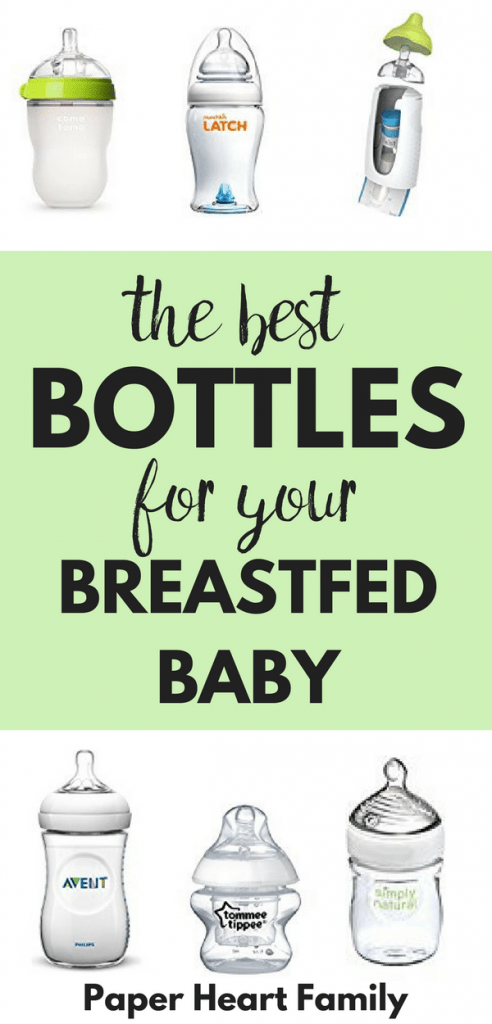 For the comfort of mother's hands, a little glycerin can be added to detergents from laundry soap. A pleasant aroma to such products gives ordinary lemon juice.
For the comfort of mother's hands, a little glycerin can be added to detergents from laundry soap. A pleasant aroma to such products gives ordinary lemon juice.
How to wash?
Under no circumstances should you use sponges that clean dishes and cups for the whole family to care for children's dishes. The baby should have its own brushes, brushes and sponges. nine0003
Modern brushes, specially designed for washing "milk" bottles, are very convenient and functional. The bristles in such products are quite elastic, so it cleans the walls of the bottles well and does not scratch their surface. Many brushes are equipped with a soft sponge that perfectly rinses the bottom. Thanks to the suction cup on the bottom, the brush can be installed in a vertical position, thus protecting it from contact with not very clean surfaces.
An important point: no matter how convenient and expensive a baby bottle brush may seem, after a while it inevitably turns into a breeding ground for bacteria.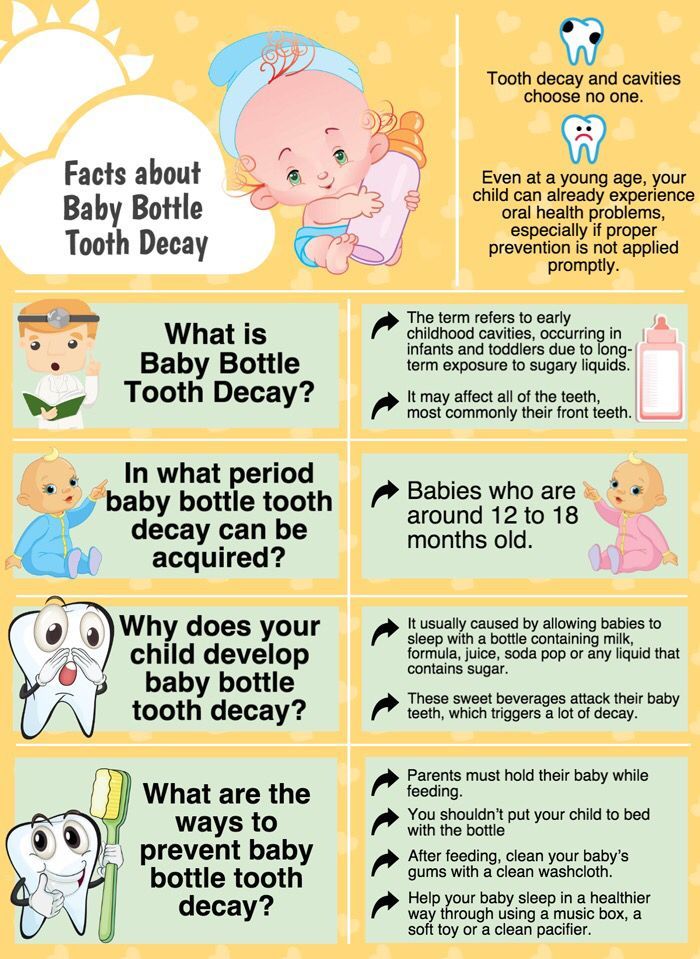 Careful disinfection (for example, with vinegar) slightly extends the life of the product, but it still needs to be replaced periodically with a new one. nine0003
Careful disinfection (for example, with vinegar) slightly extends the life of the product, but it still needs to be replaced periodically with a new one. nine0003
Random entries
A real perfume lover sometimes has more than a dozen bottles, and it is not always possible to use them all in the five years recommended by the manufacturer.
In recent decades, cocoa and chocolate flavors have taken over the perfume industry and are in no hurry to go out of fashion.
Many perfume components are aphrodisiacs - natural substances that can awaken or enhance sensuality and sexual desire, attract the attention of the opposite sex. nine0003
There are fashionable fragrances, there are those that quickly went out of fashion, as well as those that have already become neoclassical and have not lost their relevance for many years in a row!
How to wash children's dishes? – 4fresh blog
There are many questions related to the health and safety of the baby.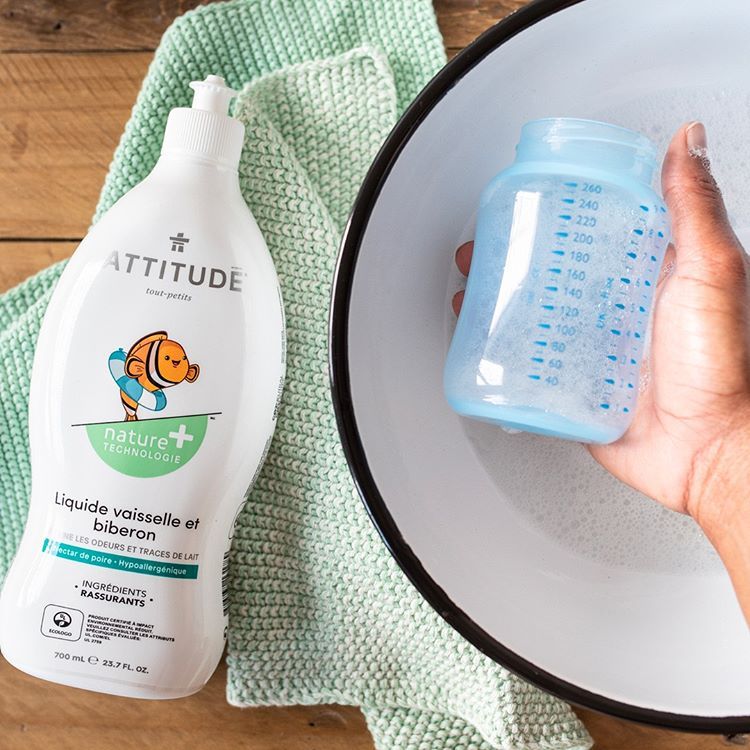 One of these questions for caring parents is how to properly wash children's dishes. Let's figure it out!
One of these questions for caring parents is how to properly wash children's dishes. Let's figure it out!
How to clean feeding bottles? nine0028
Many people wonder how to wash baby bottles, as the baby's immune system is very vulnerable. But many newborns are bottle-fed literally from the first days and are constantly in contact with their first dishes. Therefore, the question of how to wash feeding bottles is very relevant.
It is recommended to boil the bottles, nipples and nozzles for them for several minutes before the first use, and then rinse with boiling water before each feeding. The same recommendations apply to the first plates, spoons and cups for babies. nine0003
Do I need special products for washing children's dishes?
But now, over time, children's food becomes more diverse, and we begin to think about dishwashing detergent for our children. The first and main requirement for such a tool is its hypoallergenicity and safety. A minimum of components, the absence of chemical components and the neutrality of the product - this is the list of what parents want to see in washing liquids for children's dishes. nine0003
nine0003
Naturally, no matter how carefully we rinse the dishes, the likelihood that some tiny part of the detergent will get into the digestive tract of the child still remains. So if you're worried about what's going into your baby's mouth, choose safe, natural cleansers.
Conventional gels and liquids that we used to wash dishes, unfortunately, contain chemical components that can cause allergies. Habitual household chemicals are poorly rinsed out, contain hazardous substances and petrochemical products. Harsh surfactants and fragrances are potential allergens that can cause gastrointestinal problems. nine0003
Reading the ingredients
To wash children's dishes, we recommend choosing products with a clear and pure composition, as natural as possible. Liquid for washing children's dishes should preferably be hypoallergenic. In most cases, such products are odorless or have a slight unobtrusive natural aroma.
Eco dishwashing liquid, which is suitable for the whole family, does not contain petrochemicals, dyes and does not leave a chemical film on the surface of dishes.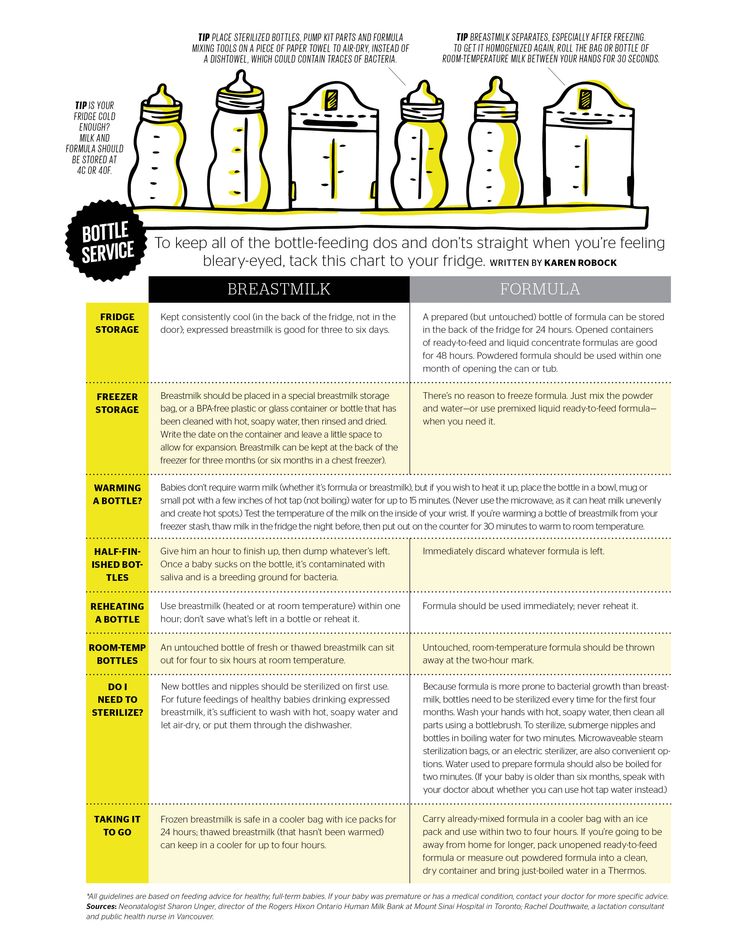 A means for washing children's dishes, especially should not contain essential oils and allergy-causing ingredients. nine0003
A means for washing children's dishes, especially should not contain essential oils and allergy-causing ingredients. nine0003
They usually cost a little more, but don't let that put you off. They have a very economical consumption, and you will not buy such funds too often. And is it worth it to save on health?
Which products should I choose?
One of these products is a product from Pure Water - the liquid perfectly destroys oil pollution, is perfectly washed out and is absolutely hypoallergenic. Does not contain chlorine and ethylene oxide.
Means "Eco-Baby" is suitable for all members of your family. It is made from natural raw materials and is completely biodegradable. nine0003
Ecological dishwashing liquid "BioMio" is multifunctional, as it can be used to wash dishes, fruits and vegetables. It has an antibacterial effect due to the presence of silver ions in the composition.
| [:product:puwa0003:] | [:product:attu0012:] | [:product:bimi0005:] |
A safe detergent for washing children's dishes is "Sensitive" from "Klar". Does not leave streaks, copes with any form of pollution, does not contain phosphates, parabens and optical brighteners. nine0003
Does not leave streaks, copes with any form of pollution, does not contain phosphates, parabens and optical brighteners. nine0003
Sonett offers a neutral cleaner that works just as well as a baby bottle cleaner. Very economical to use and suitable for all water hardness.
In Probiotic hypoallergenic dishwashing liquid, all synthetic and chemical components are replaced with natural ingredients. Suitable for children's dishes for children after a year.
| [:product:klar0012:] | nine0090 [:product:sone0009:][:product:prob0002:] |
Are there any cheaper products? Of course?
| The best budget option can be natural laundry soap "Pure Coconut" from "Mi&Ko". Soap perfectly copes with grease and dirt, and also effectively eliminates unpleasant odors, while there are no fragrances in the composition. |
